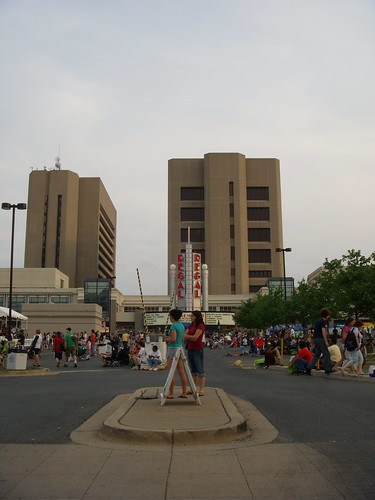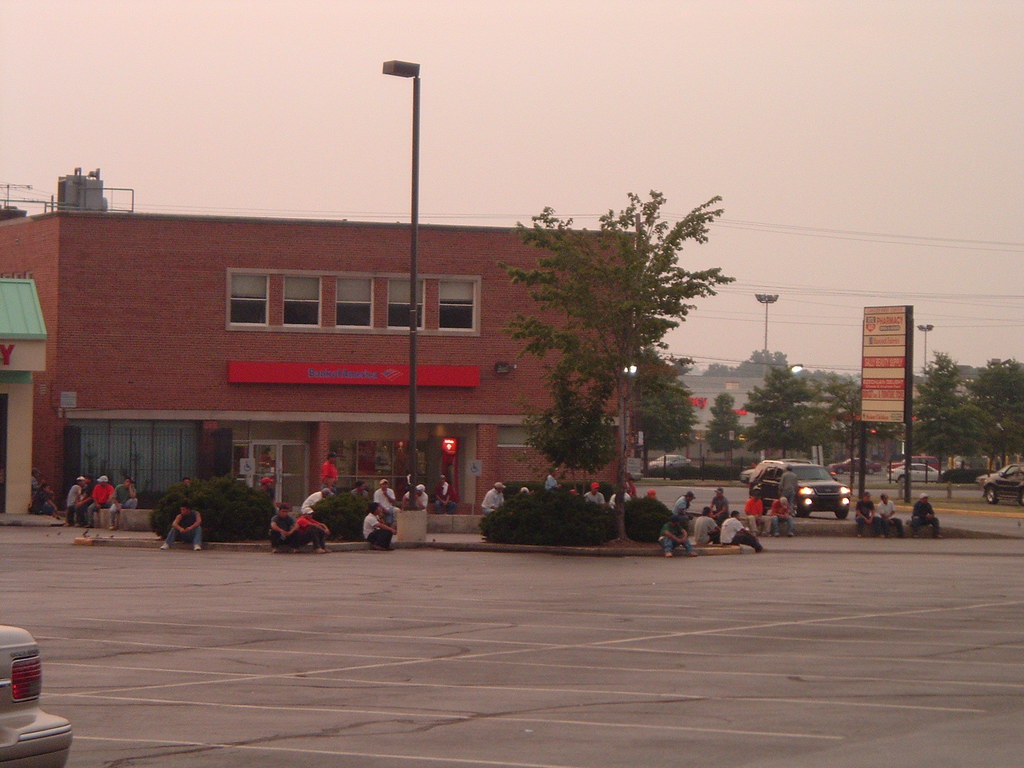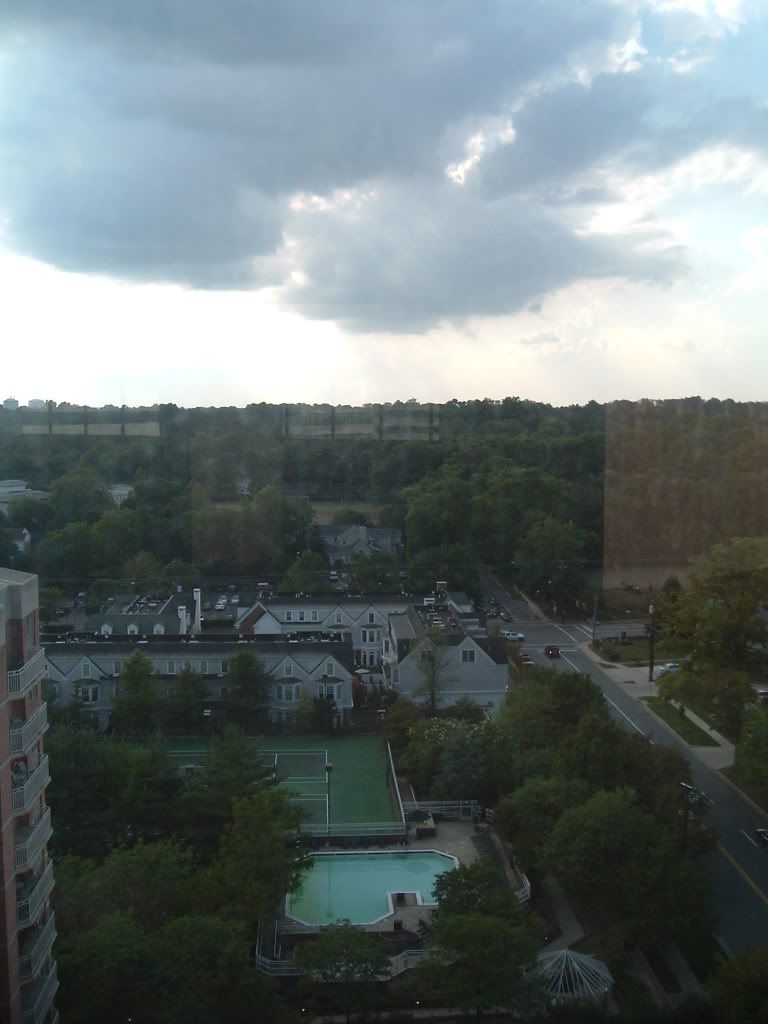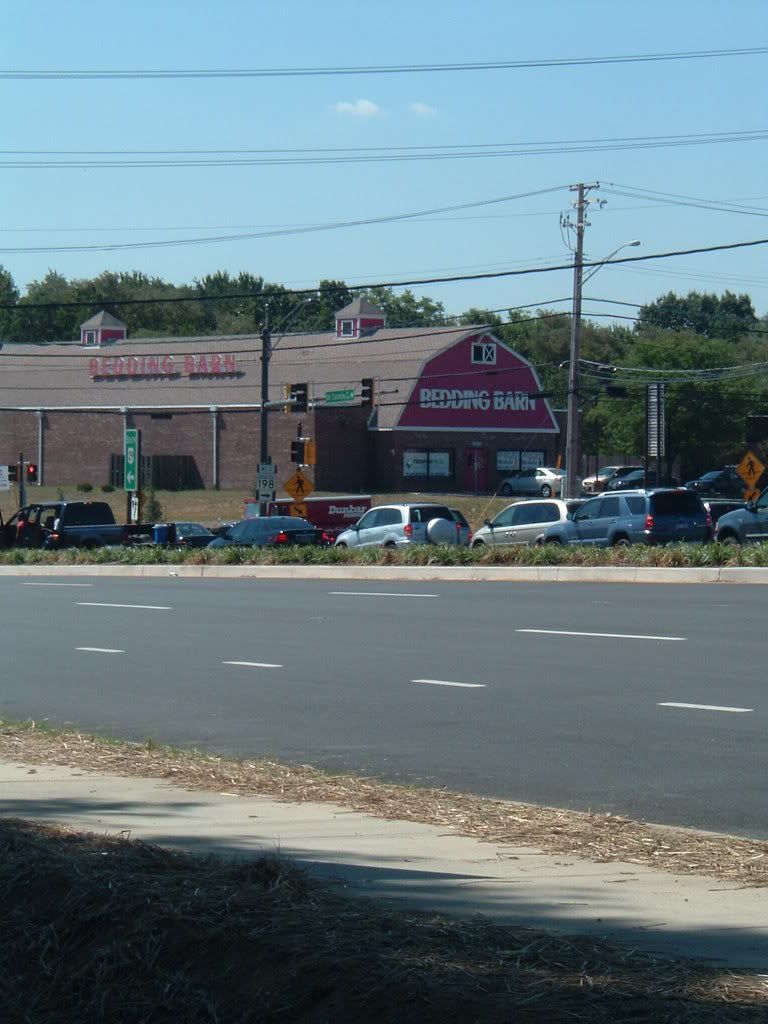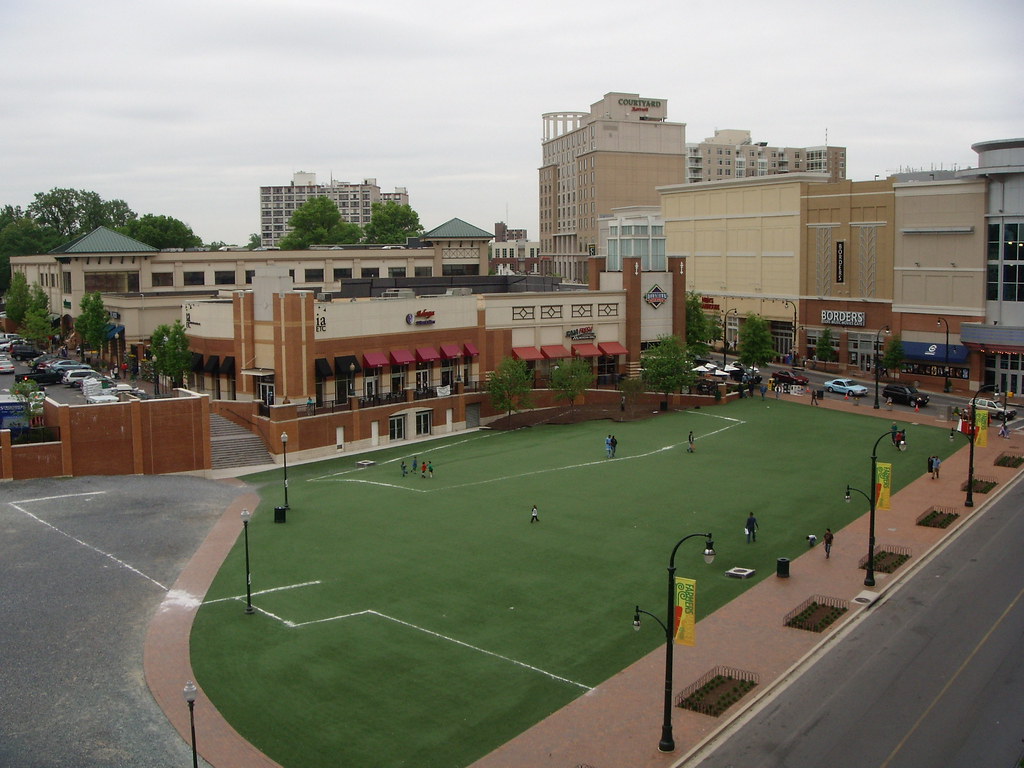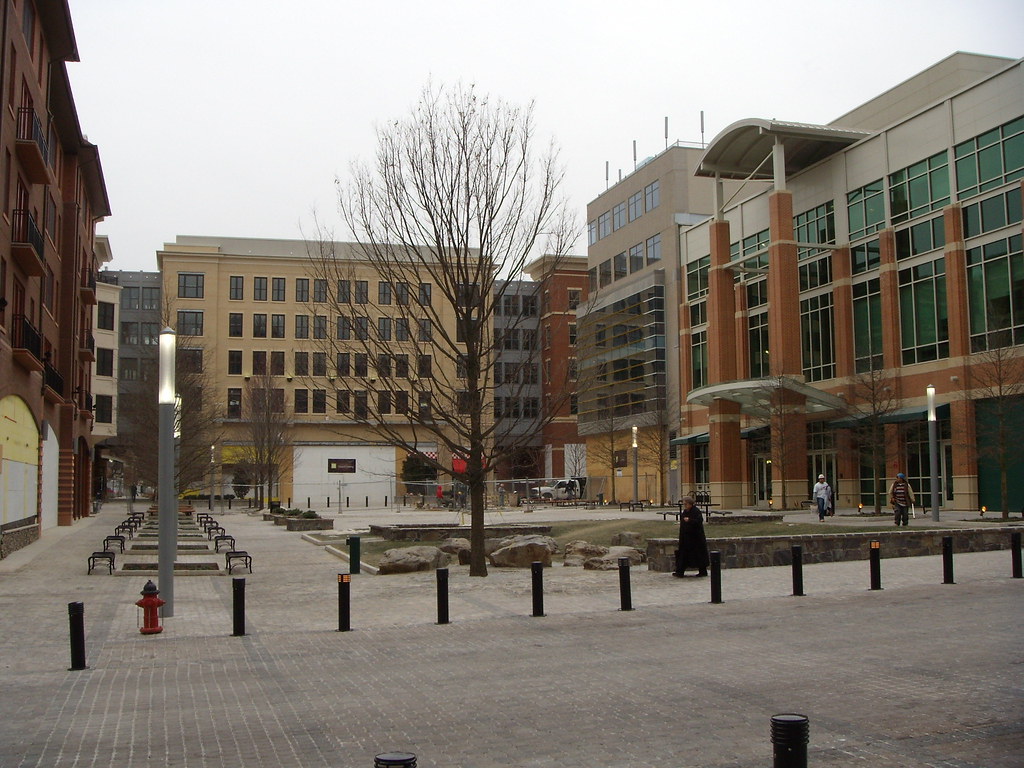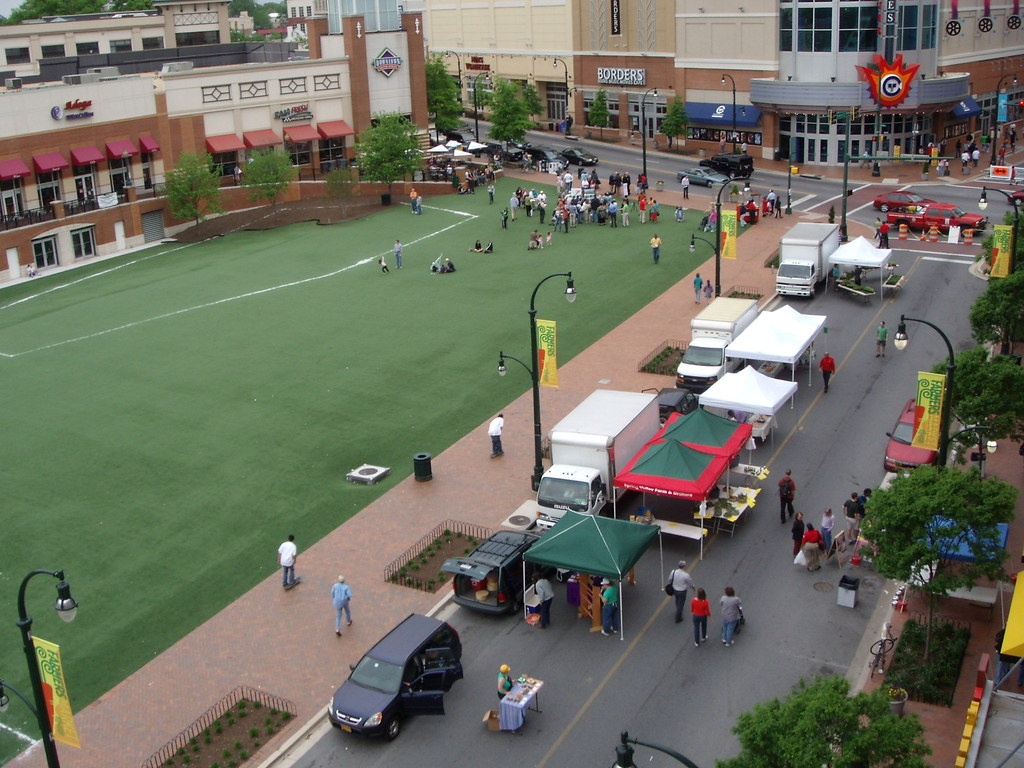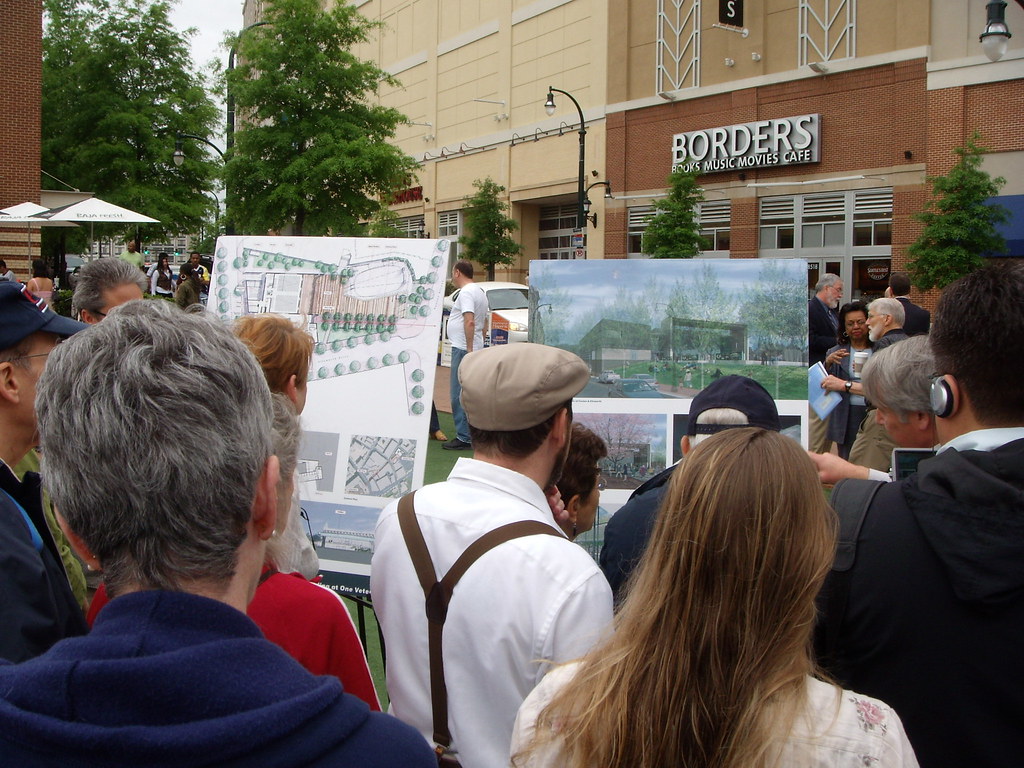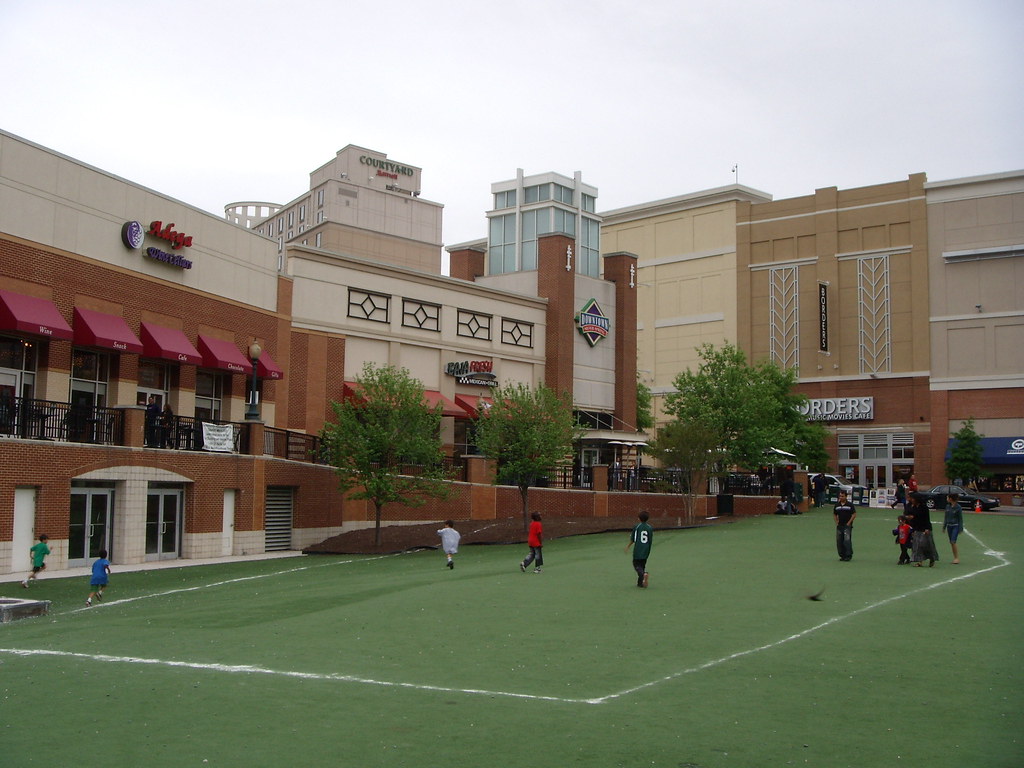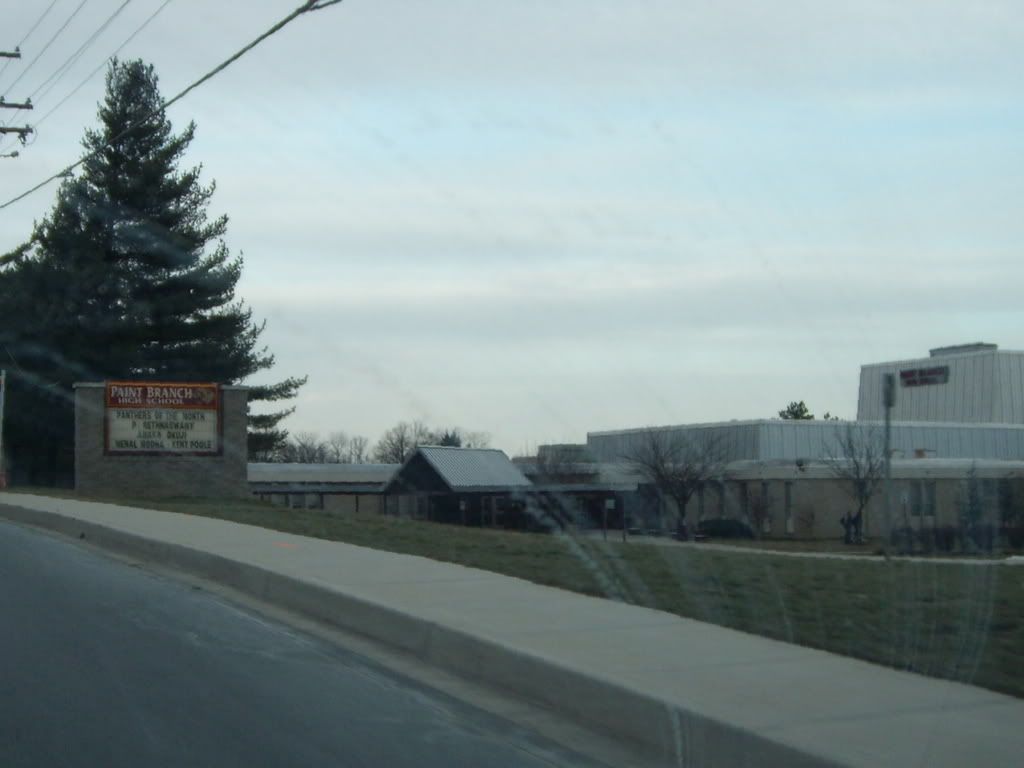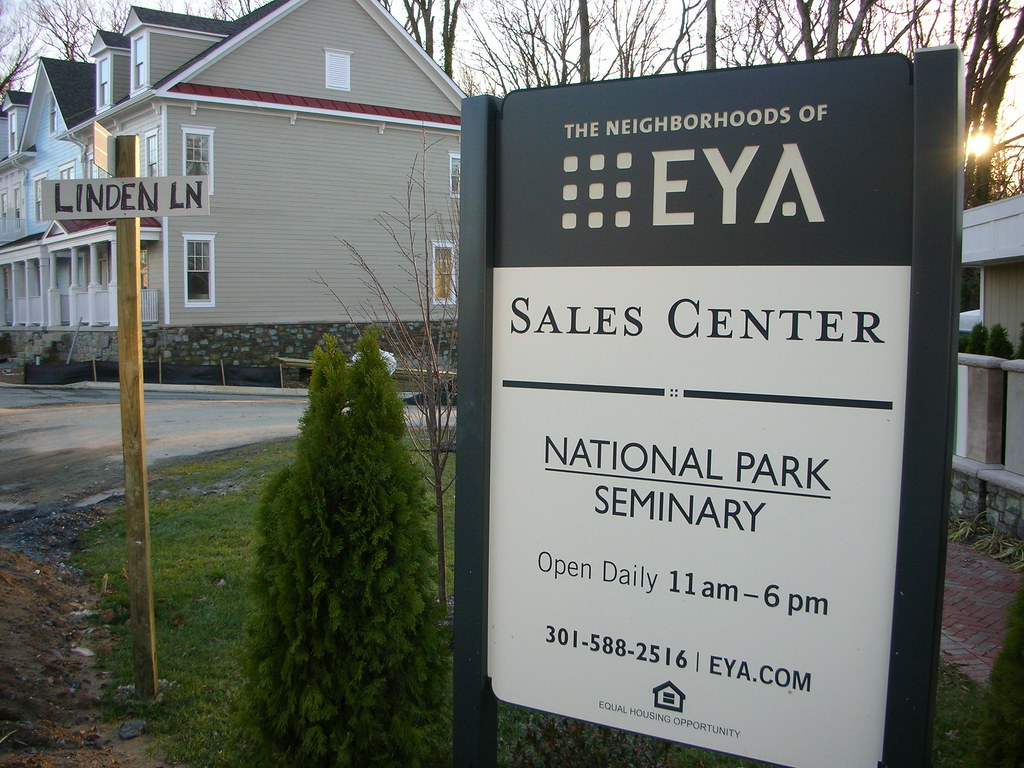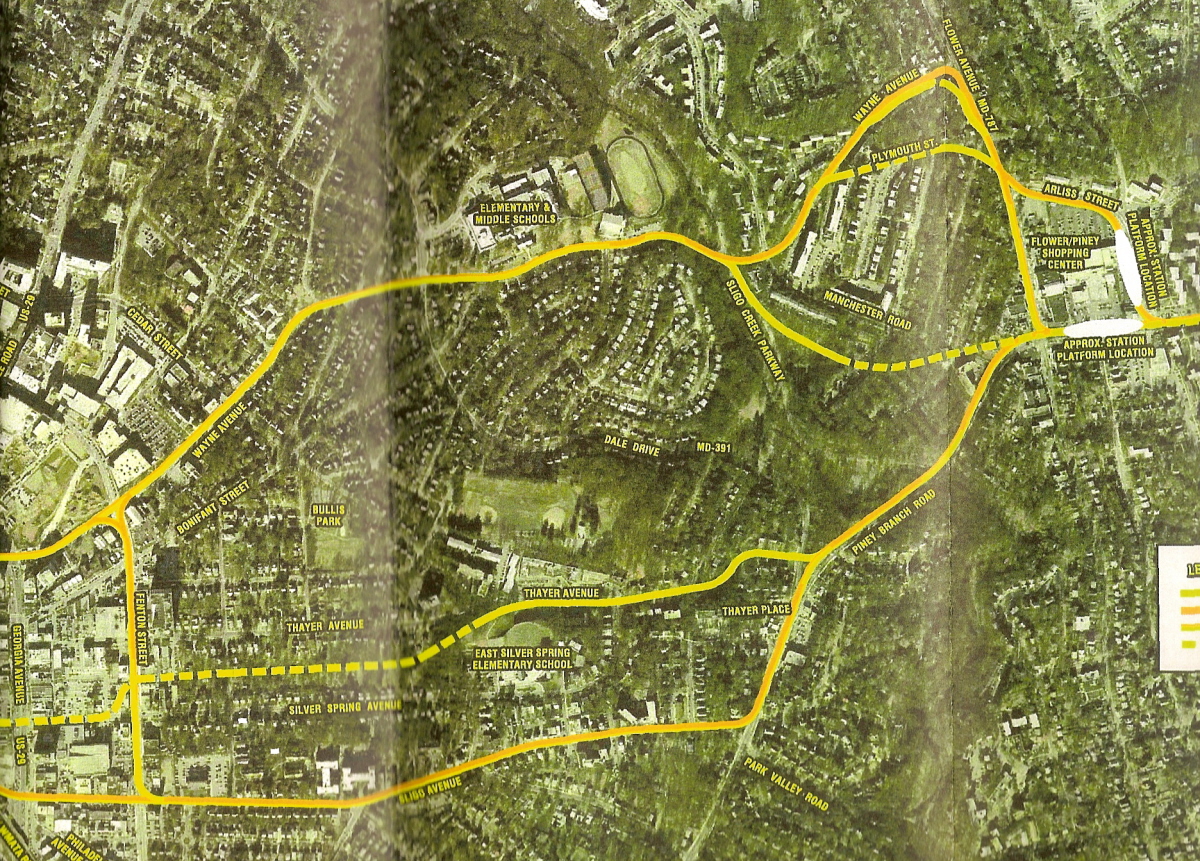 FINALLY: Using infrastructure (roads, schools, etc.) to determine where new development should go is pretty common. In Anne Arundel County, there's a boom in "active adult" housing because development that would add more kids to already-crowded schools is prohibited. Next month, the County Council will be holding its Annual Growth Policy debates, deciding how fast the County will grow and in what ways. How do we do that?
FINALLY: Using infrastructure (roads, schools, etc.) to determine where new development should go is pretty common. In Anne Arundel County, there's a boom in "active adult" housing because development that would add more kids to already-crowded schools is prohibited. Next month, the County Council will be holding its Annual Growth Policy debates, deciding how fast the County will grow and in what ways. How do we do that?Guest blogger and pedestrian advocate Adam Pagnucco is back to explain the formulas used to decide where the infrastructure can handle new growth. Next week, he'll will discuss impact taxes, the almost-inevitable result of any decisions made by the County Council. Take it away, Adam:
Between the early 1980’s and 2004, new developments in Montgomery County were subject to two kinds of analysis for their impact on traffic: Policy Area Transportation Review (PATR) and Local Area Transportation Review (LATR). LATR examined the impact of development on traffic in a handful of intersections close to the project. PATR examined the impact of development on traffic in a large area surrounding the project called a “policy area.” The county had 21 of these policy areas in addition to 10 smaller “Metro Station Policy Areas” and “Town Center Policy Areas.”
The idea behind both LATR and PATR was that if the new development caused traffic congestion to rise above a certain threshold in either a small immediate area around the project (LATR) or a large area around the project (PATR), the developer would be required to provide certain mitigation measures, such as additional road or transit capacity. If traffic conditions were extremely congested in a policy area (as measured by an average congestion index), a moratorium could be declared. In 2004, the last year PATR was in effect, the county had eight policy areas in moratorium for housing construction and six policy areas in moratorium for commercial construction.
In 2003, the County Council voted to abolish PATR, keep LATR and institute a combination of increased and new development impact taxes. The council’s reasoning at that time was that new development should pay for added infrastructure capacity (like roads and schools) rather than be subject to a moratorium until the county could construct the added infrastructure.
 New developments would now be analyzed only for their traffic impact on immediate surrounding areas. For example, under the old system, a new development at the corner of Georgia Avenue and Forest Glen Road would be analyzed not only for its impact on that intersection and a couple others nearby (LATR), but also for its impact on the average congestion level for the Kensington-Wheaton policy area (PATR). Under the new system, only the impact on a small number of nearby intersections would be considered.
New developments would now be analyzed only for their traffic impact on immediate surrounding areas. For example, under the old system, a new development at the corner of Georgia Avenue and Forest Glen Road would be analyzed not only for its impact on that intersection and a couple others nearby (LATR), but also for its impact on the average congestion level for the Kensington-Wheaton policy area (PATR). Under the new system, only the impact on a small number of nearby intersections would be considered.Critics of PATR’s abolition contended that it was unrealistic to believe that traffic impact from a new development would only spread for a couple blocks away from the site. After the 2006 County Council elections, the council called for an analysis of the county’s growth policy from the Planning Board and specifically requested a recommendation on whether to bring back PATR. The board’s response was to suggest instituting a similar, but not identical process called Project Area Mobility Review (PAMR).
 Like PATR, PAMR also assesses the traffic impact of a project on a broad policy area. However, its methodology differs. PATR relied on an average congestion index to determine whether a policy area’s transportation infrastructure was “adequate” to handle additional traffic. PAMR calculates a tradeoff between auto congestion (termed “relative arterial mobility”) and transit capacity (termed “relative transit mobility”). If a policy area had low relative arterial mobility (meaning it had lots of auto congestion), it could still be judged as “adequate” if residents could use transit to get to destinations almost as fast as through car travel. Conversely, if a policy area had transit use that took substantially more time than car use, it could still be judged as “adequate” if auto congestion was low. If a policy area had both high auto congestion and transit options that were much slower than car use, it would be judged as “inadequate.”
Like PATR, PAMR also assesses the traffic impact of a project on a broad policy area. However, its methodology differs. PATR relied on an average congestion index to determine whether a policy area’s transportation infrastructure was “adequate” to handle additional traffic. PAMR calculates a tradeoff between auto congestion (termed “relative arterial mobility”) and transit capacity (termed “relative transit mobility”). If a policy area had low relative arterial mobility (meaning it had lots of auto congestion), it could still be judged as “adequate” if residents could use transit to get to destinations almost as fast as through car travel. Conversely, if a policy area had transit use that took substantially more time than car use, it could still be judged as “adequate” if auto congestion was low. If a policy area had both high auto congestion and transit options that were much slower than car use, it would be judged as “inadequate.”Developers in adequate policy areas would not be required to provide mitigation measures under PAMR, though they might face requirements if nearby local intersections were found to be excessively congested under LATR. The planners contended this new system fairly reflected the tradeoffs that residents could make between cars and transit – for example, by switching to transit if car travel was too slow.
The planning staff used their new PAMR standard to calculate adequacy levels for each of the county’s 21 policy areas. In 2005, the staff concluded that every one of the county’s policy areas had adequate transportation capacity. In 2013, the staff projected that only two policy areas – Gaithersburg and Germantown East – would be inadequate. In 2030, the staff projected that only two policy areas – Fairland/White Oak and Potomac – would be inadequate, but that projection assumed that the Purple Line, Corridor Cities Transitway, I-270 widening and Midcounty Highway would all be in place.
 Now the debate will begin. Should a new development’s traffic impact be assessed in only a small surrounding area through LATR, or should its impact over a large area also be assessed through policy area review? Are the adequacy judgments of the new policy area review system recommended by the planning board – including its assessment that every policy area in the county had “adequate transportation capacity” in 2005 – realistic? And should the county return to instituting moratoriums in policy areas or merely insist on mitigation measures, such as new roads and/or transit and impact taxes, to be paid by developers? These are the questions now being argued in Rockville.
Now the debate will begin. Should a new development’s traffic impact be assessed in only a small surrounding area through LATR, or should its impact over a large area also be assessed through policy area review? Are the adequacy judgments of the new policy area review system recommended by the planning board – including its assessment that every policy area in the county had “adequate transportation capacity” in 2005 – realistic? And should the county return to instituting moratoriums in policy areas or merely insist on mitigation measures, such as new roads and/or transit and impact taxes, to be paid by developers? These are the questions now being argued in Rockville.





